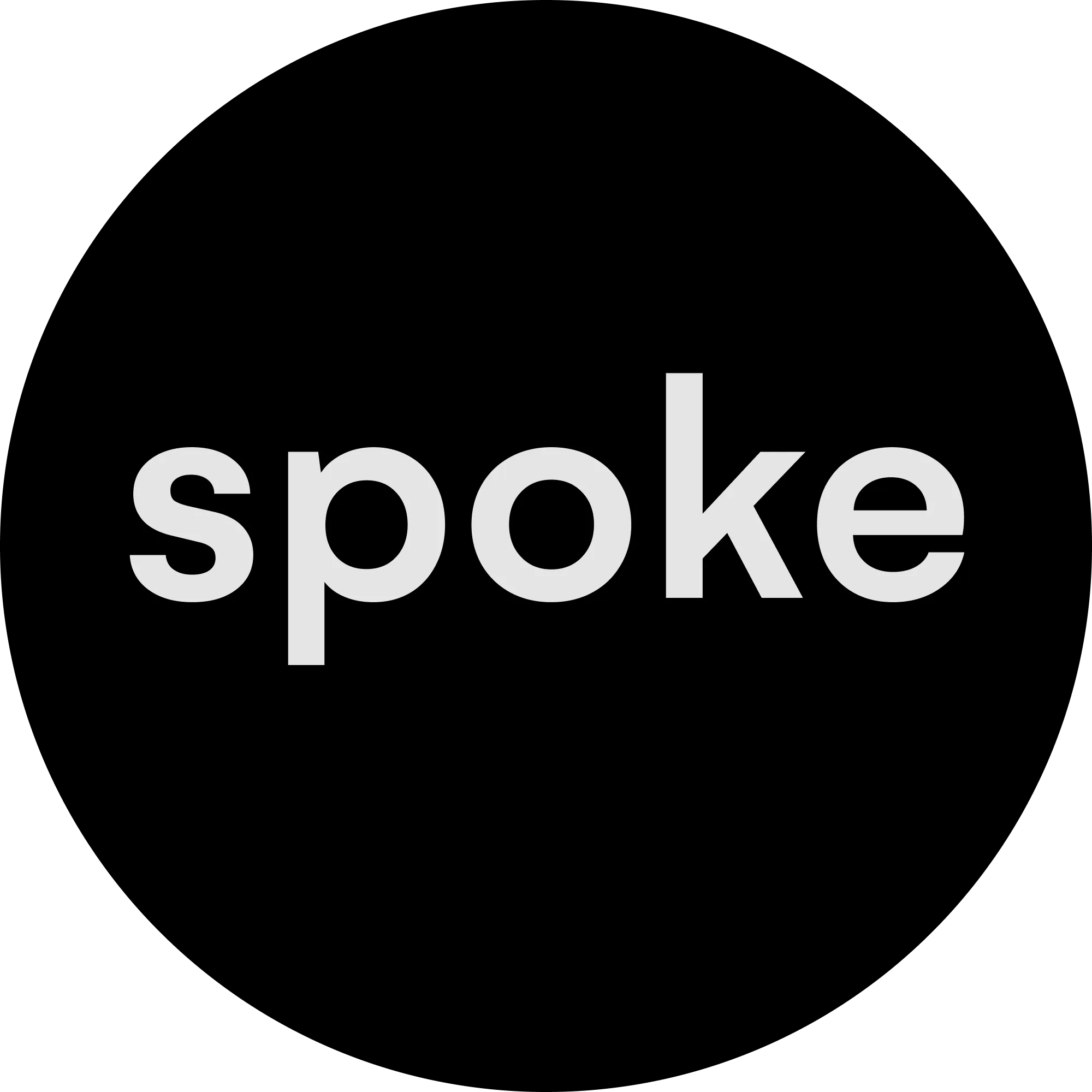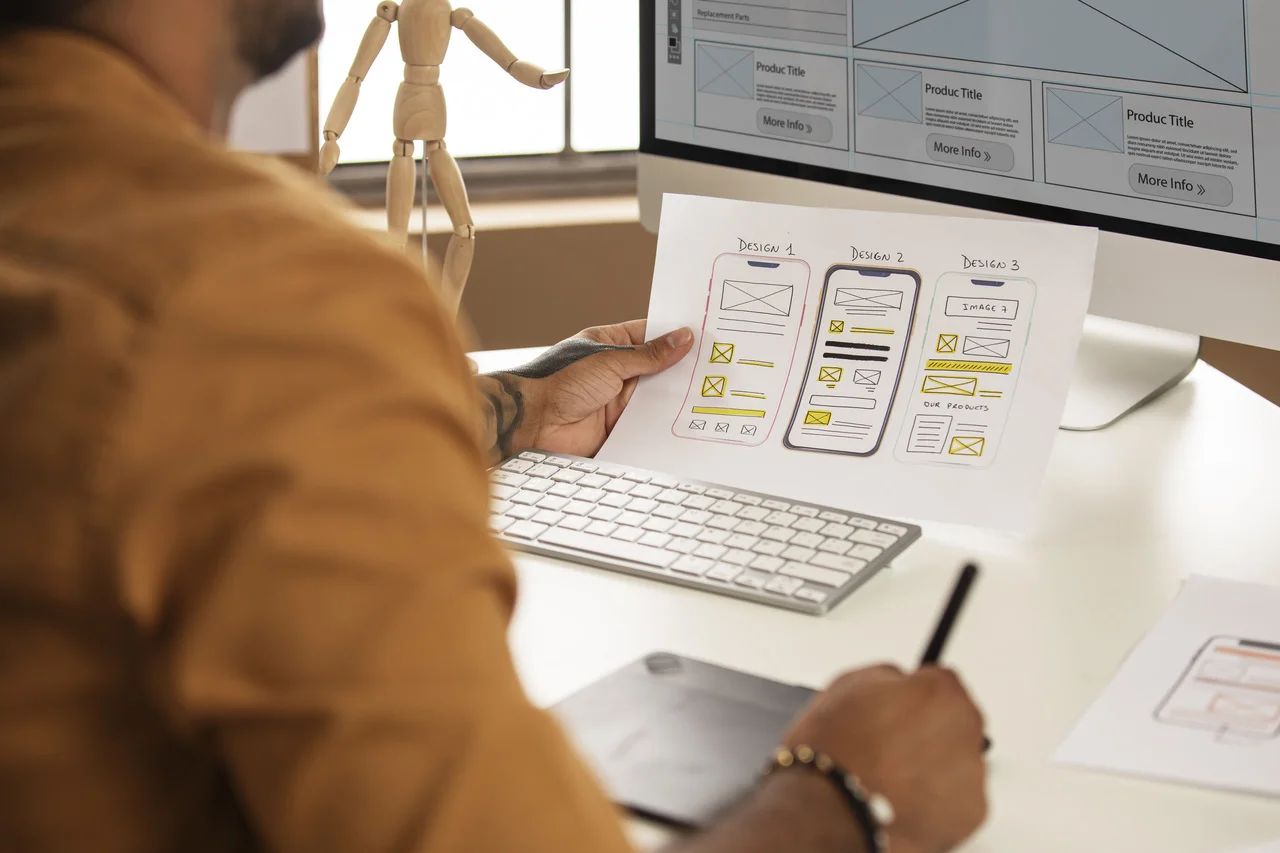You have a killer idea for a new product, but how do you turn it into something people will love?
You can create a successful product by understanding the who, what, and why of the product you’re building, getting company stakeholders on board, and having a clear plan of action. Of course, it’s easy to run into walls along the way, so start by conducting user research and outlining a product roadmap.
Users are No. 1 when you create a product, so you need to do your homework. Understanding their motivations, goals, and mindset is critical to building something they will find valuable. Research is key to making this understanding.
But how does it all come together? Journey with us to learn why user research is critical to developing a winning product and discover how Spoke Design Labs completes user research to set clients up for success.
Here’s what we’ll explore,
- From Idea to Launch: Why You Need a Strategic Product Roadmap
- User Research: Your Key to Creating User-Centric Products
To understand the significance of a product roadmap and how it evolves over the lifetime of a product, we will be using Znap Cash as a case study.
Introducing, “Znap Cash”- UAE’s No.1 Rewards App.
It is the ultimate destination for your regular retail spends. You can earn cashback on over 350+ Local Businesses that include Dining, Salon & Spa, Opticals, and many more.
Znap reached out to us to help them carry out all stages of product design with the goal of increasing consumer engagement and identifying reasons for the high drop-off rates and no consumer & brand loyalty.
We did a series of steps including a UX Audit, Discovery, and alignment of future business goals followed up by the UX and eventual visual design.
Starting with,
- From Idea to Launch: Why You Need a Strategic Product Roadmap
“Roadmaps are evidence of strategy. Not a list of features.” – Steve Johnson
In its simplest terms, a product roadmap is a guiding strategic document as well as a plan for executing strategy. A roadmap is a high-level visual summary that maps out the vision and direction of your product offering over time.
The purpose of a product roadmap is to communicate direction and progress to internal teams and external stakeholders. It shows the high-level initiatives and the planned steps to get there. It should not include every feature in the product backlog, or a list of specific engineering bugs. The roadmap is a product management document and should live separately.
Creating a product roadmap should be a continuous process throughout the lifecycle of a product. Requirements and features should be generated by lots of folks including: customers, partners, sales, support, management, engineering, operations, and product management.
For Znap Cash, the focus has been on addressing the pain points of users with existing payment options and prioritizing how to retain these users and generate revenue. This duration was primarily based on three aspects:
- Reach out to the maximum number of customers
- Retain the existing customers
- Generate revenue from these customers
To visualize the development of these features on a time scale, the initial roadmap would resemble the below:
During the design process, the product roadmap was given out by Znap Cash's team based on the timelines Spoke had planned for the project and assigned the resources.
Here’s what it looked like,

A well-crafted product roadmap acts as a reference point, a guiding document, and a strategy for the company to follow for its future initiatives.
- User Research: Your Key to Creating User-Centric Products
At Spoke Design Labs, we trust in user research and product roadmaps because these processes help establish a clear path forward for app builds. We continually leverage research throughout the process to build insights and inform decisions that affect our partners and their users.
Our process includes conducting research and synthesizing it to build YOUR app, accordingly. We intentionally embed research and design together, allowing designers to listen to and participate in ongoing research while simultaneously using that information to design the user experience.
Again, a major tool for user research is interviewing users. Once we interview potential users, we follow up with a mini synthesis session to go over notes, helping design and development move forward with their tasks.
Your research process always uses secondary research—research you’ve already invested—plus our primary research to reveal actionable insights, allowing you to determine the best course of action.
Start your app build with user research
When you’re in the beginning stages of your design project and you have just finished some highly informative interviews and observations in the context of your users, your head is full of impressions. You have a feeling for the different types of users who exist, and you have heard some similarities in their stories that you feel should guide the design process.
But how do you get these impressions out, into the minds of your designers and the client?
Personas are very powerful tools that will help you do just that.
Creating personas is a powerful way to make the user group come alive to your design team members and clients. Developing an engaging persona starts with user research. Then, you balance the data you collected with some fictitious information that evokes empathy. When developing a persona, you should strive for a good balance between research data and fictional details to ensure credibility and applicability. Also, the balance between short and to-the-point information, and more elaborate scenarios is important for overview and engagement.
After diving into deep user research of Znap Cash's audience, here's what we created, as an example. Which was bifurcated into Goals, Frustrations, Expectations and Needs.
As a goal, Christofer Dorwat likes to go out for fun nights and wants to have loads of food that is budget friendly. But the challenge is, he wants to explore unique places but is uncertain in doing so. Wherein to overcome the challenge he wants to know about the place beforehand through reviews, ratings, provided discounts and offers.

This is just one of the instances of what a persona could look like which helped us in understanding the diverse needs and behaviors of our target audience.
A good persona includes six main elements:
- Name, age, gender, and an image
- A tag line
- The experience and relevant skills
- Some context to indicate the interaction
- Any goals, attitudes, and concerns
- Quotes or a brief scenario
Once you have them, though, they can help your design and product teams think more actively about your users and incorporate them into the decision-making process.
To end,
Developing a product roadmap or successful app doesn’t happen overnight. You need a finger on the pulse of what people want and need, so start with user research!
By interviewing potential users and stakeholders, you set your product up to delight customers and meet their needs. Detailed user research opens the door to creating a solid roadmap and making confident decisions about the direction of your new app.
Ready to take the next step and create your new product?
Well then, make sure to reach us at hello@spoke.design or just say come "Hi", here! ;)
Also, make sure to be around, we’ll be back soon with a more detailed design process we followed to design Znap Cash.

